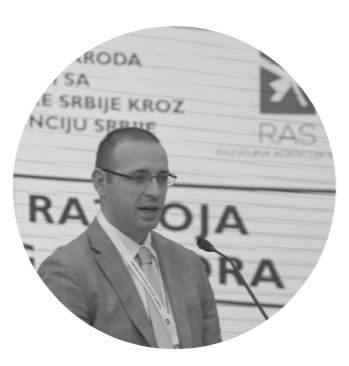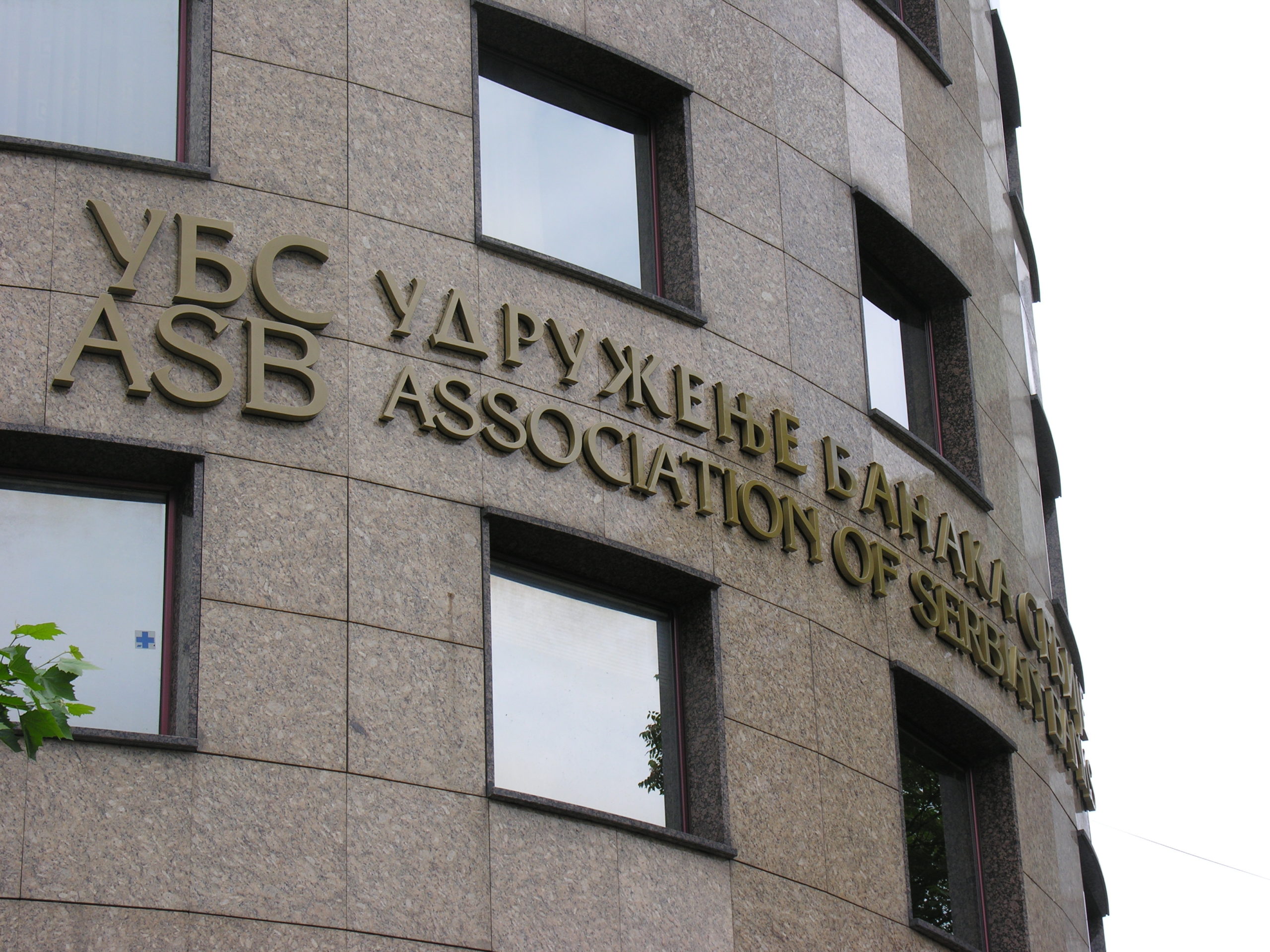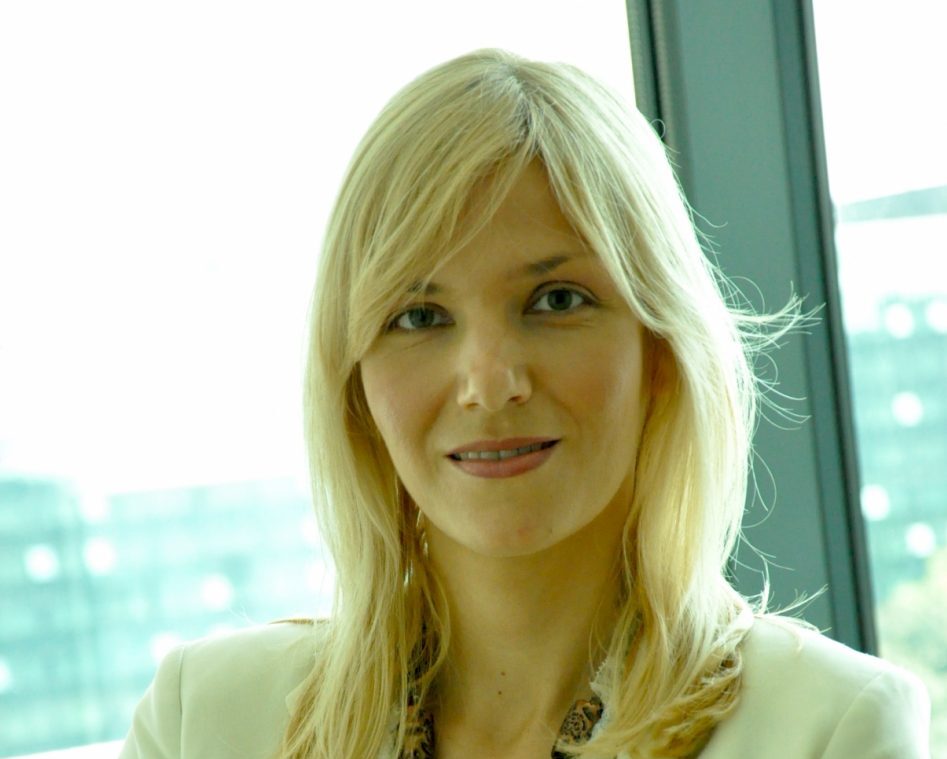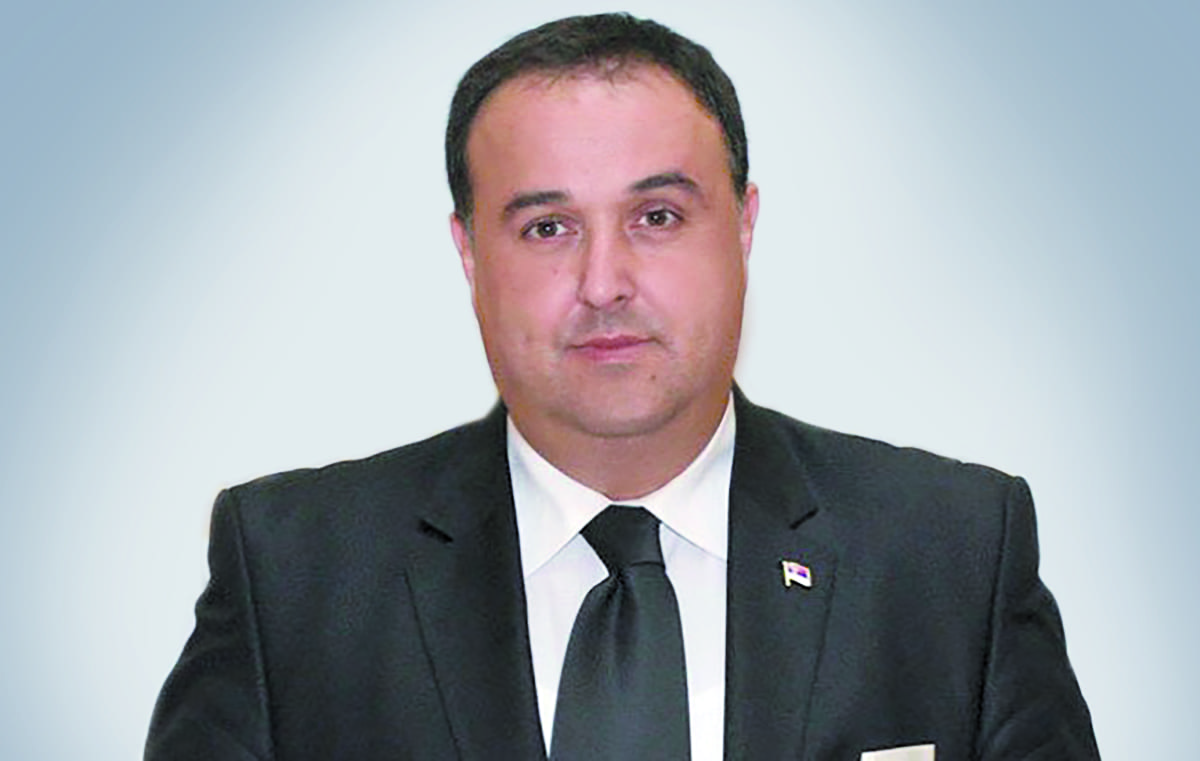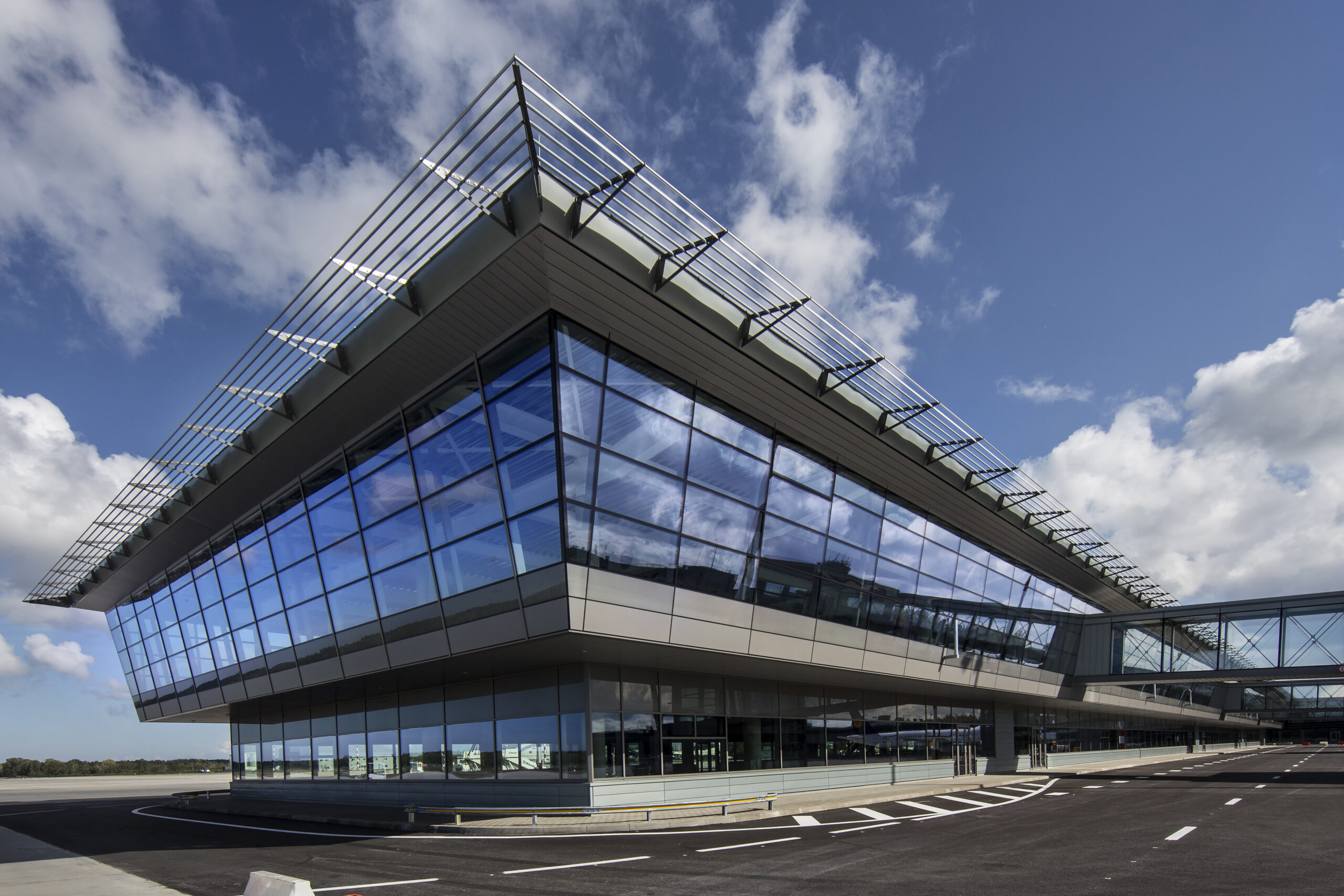The Future of Manufacturing, Digitalization and Automation

Industry 4.0 technologies were on the rise prior to the unprecedented impact of COVID-19. The crisis has accelerated long-established trends towards automation and data exchange in manufacturing, and rapidly pushed companies to adapt and evolve at a record pace. Factories, in particular, have been hotbeds of COVID-19 outbreaks, and entities are continuously encouraged to further digitalize their production facilities for enhanced safety and efficiency, leveraging this unfortunate event to transform production. The Industry 4.0 surge in “smart factories” incorporates cyber-physical systems, the Internet of Things, cloud computing, connectivity, advanced analytics, automation, and advanced-manufacturing technologies. Utilizing smart technology and automation allows for improved communication, self-monitoring, and smart machines capable of analyzing issues without human input. Automating factories enables production facilities to remain operational regardless of worker availability and assist in social distancing, which has become the new norm. Prof. Dr. Gut, CEO of Güdel Group said, “With the pandemic in full force, automation in factories is more important now than ever, and Güdel Group’s innovative solutions are digitalizing factory automation around the world.”

Industry leaders continue to incorporate Industry 4.0 solutions and fast track automation programs to minimize the impact of worker shortages occurring from COVID-19 and become better poised to face setbacks. With the demand for digital solutions in factories increasing, Güdel Group’s unique solutions bring industrial automation flow. Gut discussed the company’s value proposition, “Our brand of ‘Feel the FlowMotion’ brings flow to industrial automation by delivering intelligent technologies for motion solutions. The result is measurable added value, fewer stoppages, more output in a shorter period of time, absolute reliability, and maximum efficiency.”
Güdel Group, headquartered in Langenthal, Switzerland, creates high-precision machine components and intelligent automation solutions. The Group has over twenty locations worldwide and is family-owned for three generations. Their automated processes include linear guideways, racks, pinions, gears, linear and rotary axes, and gantry robots with intelligent technologies for motion. The Group specializes in helping their clients’ production processes flow, which adds value to the entire manufacturing process through automated solutions for the following industries: automotive, building materials, energy, fiber-reinforced composites, food, intralogistics, machine tooling, plastics, railways, and tire.
“With the pandemic in full force, automation in factories is more important now than ever, and Güdel Group’s innovative solutions are digitalizing factory automation around the world.”
Prof. Dr. Gut, CEO, Güdel Group
Gut added, “Güdel Group AG is an innovative, Swiss-based, worldwide-oriented solution provider. We invest approximately 5 percent of our returns into R&D. In cooperation with Heinrich Georg Maschinenfabrik GmbH in Germany, we developed a system for automated stacking of transformer cores. In fact, we are the only company in the world able to do transformers with metal sheet handling. This stacking process was typically carried out by hand, requiring up to eight people to stack sheets simultaneously. Güdel and Georg created the first ‘autostack 1000 motion’ an offline system stacking the pre-cut sheets to form a core. It creates precision of up to 0.5mm in positioning and has a 75 percent improvement in laying time compared to manual processes. We are also the market leader in Seventh Axis, which about 10 percent of robots require.”
The Group offers condition monitoring for linear tracks and gantries, allowing for an increase in the equipment’s effectiveness. Gut mentioned, “The condition monitoring package increases the machine availability by anticipating unexpected production breakdowns proactively. The system gathers data, evaluates it, and computes the information on a dashboard, while also storing the gathered data to provide insights on the historical operational data. This allows companies to avoid unexpected production failure, ensure production quality, and improve maintenance performance.”
He went on to discuss the Group’s operations abroad, “It is absolutely vital to have a global footprint. We have operations around the world, and Güdel Inc. is our USA subsidiary located in Ann Arbor, Michigan. It provides our North American customers with engineering, design, production, and customer service support. The USA has a strong market in car manufacturing with GM, Ford, and Chrysler; each of their production sites in the USA utilizes Güdel automation.” Automation is on the rise as labor costs increase in emerging markets, remain high in developed countries, and decreased speed-to-market gives companies a competitive edge. COVID-19 further showcased the need for additional automation as players already utilizing digital solutions have been more resilient to COVID-19 drawbacks. Güdel Group helps entities around the world digitalize and automate production to remain competitive. The Group promises to continue to create new, innovative applications for years to come.

